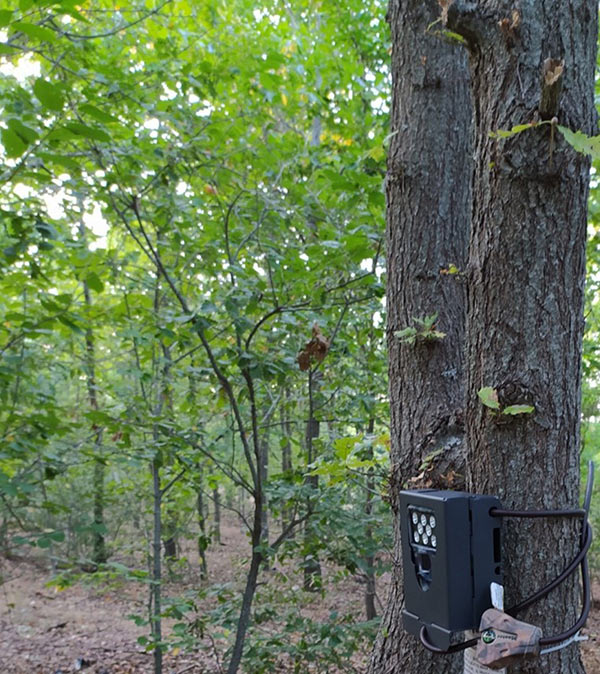Do you know what a photo trap is and how it works? The word "trap", already makes us realize that this device will serve to "capture" something, but what? As you may have guessed, it captures images exactly as any camera does. The difference, however, is that it does not need you to be behind the lens, with the risk of scaring the animals you want to photograph, the phototrap does everything by itself!
It’s able to capture autonomously everything that walk past, thanks to a sensor, that is, a mechanism that feels the movements and therefore allows it to take photos, and in some cases even videos, as soon as it detects something (the function to record videos depends on the model).
Phototraps today, are one of the main tools used by expert naturalists and biologists to study the fauna living in a specific place. So, what better tool to observe the movements of the animals that have chosen to visit your wild garden? You can see the hedgehog while at night it hunts insects and snails, or the toad that on wet days comes out of the shelter that you have specially created, or finally, if you are lucky, the woodpecker while tamping his beak on the bark of a tree! At night I said? Yes, I said at night! Because the phototrap can take photos and videos even in the dark, thanks to the equipment of infrared leds that are used to make "light" when the sun has set. This is a great advantage, especially for observing those animals that usually move at night and rest during the day. In addition, many trap models have flash, so you can take colour photos even at night.
The application of this valuable ally, is very important. The positioning is very simple, through the strap supplied or with the use of plastic clamps: in a short time, you can fix it on the trunk of a tree or on a pole specially placed in the ground.
You have to properly evaluate the area of your wild garden that you want to observe. For example, if you are interested in studying the behaviour of the hedgehog who lives in the shelter built for him, you will place the phototrap in a point that manages to capture well his “house”. Or why not, point it towards the pond where the animals will surely approach to drink. The choice is yours!
